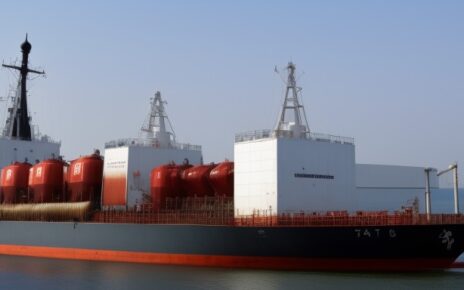The phrase “stiff and tender ship” is not a common expression or idiom in English. It’s possible that you might be referring to two separate concepts related to ships: stiffness and tenderness. Let me explain each of these terms in the context of naval architecture and ship design.
stiff and tender ship- Complete details
1. Stiffness of a Ship:
– Stiffness in naval architecture refers to a ship’s resistance to heeling (tilting) or rolling when subjected to external forces, such as wind or waves. A ship is considered “stiff” if it resists heeling and rolling, meaning it remains relatively stable in rough seas or adverse weather conditions.
– A stiff ship is less likely to lean excessively or roll from side to side, which can be important for various reasons, including passenger comfort, cargo stability, and safety. Warships, for example, are often designed to be stiff to maintain their combat readiness.
– Stiffness primarily relates to a ship’s ability to maintain an upright position when exposed to external forces. This is crucial for ensuring safety and comfort on board, especially in adverse weather conditions.
– Factors influencing ship stiffness include the ship’s hull shape, weight distribution, and the placement of ballast (heavy weights) within the ship. A ship with a wider beam (the width of the ship at its widest point) and a lower center of gravity tends to be stiffer.
– Stiff ships are often favored for applications where stability is paramount, such as passenger vessels, cruise ships, oil tankers, and military vessels. Passengers and cargo are less likely to shift or experience discomfort when a ship is stiff and remains relatively upright.
2. Tenderness of a Ship:
– Tenderness is the opposite of stiffness. A ship is considered “tender” if it easily heels or rolls when exposed to external forces. Tender ships are less stable in rough seas, which can lead to discomfort for passengers, difficulty in cargo handling, and potential safety concerns.
– Some ships, such as sailing vessels like racing yachts, are intentionally designed to be tender to maximize their speed and maneuverability under certain conditions. However, this design choice sacrifices stability in favor of performance.
– Tenderness in ship design refers to a ship’s inclination to heel or roll in response to external forces. Ships with high tenderness are more agile and responsive to changes in wind or sea conditions but can be less stable.
– Sailboats, racing yachts, and some specialized military vessels may intentionally have a degree of tenderness. This allows them to lean over in response to the wind, which can increase their speed and maneuverability. Sailboats, for example, use this characteristic to harness the wind’s power for propulsion.
3. Balancing Stiffness and Tenderness:
– Ship designers carefully balance stiffness and tenderness based on the ship’s intended use and operational requirements. For example, cargo ships carrying heavy loads usually prioritize stiffness to prevent cargo shifting, while racing sailboats prioritize tenderness for enhanced performance.
– Modern naval architecture employs advanced computer simulations and modeling to optimize a ship’s design for its specific purpose. Engineers consider factors like hull shape, keel design, ballast placement, and materials to achieve the desired balance between stiffness and tenderness.
4. Dynamic Stability:
– It’s important to note that a ship’s stability is not static but dynamic. Ships need to adapt to changing conditions at sea. Therefore, the concept of dynamic stability is essential. A ship may be stiff in calm waters but should have enough tenderness to handle rolling caused by waves without capsizing.
In summary, “stiff and tender ship” refers to two contrasting characteristics of ships: stiffness, which represents stability and resistance to heeling and rolling, and tenderness, which represents a ship’s ease of tilting and rolling. The choice between stiffness and tenderness depends on the ship’s intended use, with different designs suited for various purposes, such as cargo transport, passenger comfort, or high-performance sailing.



